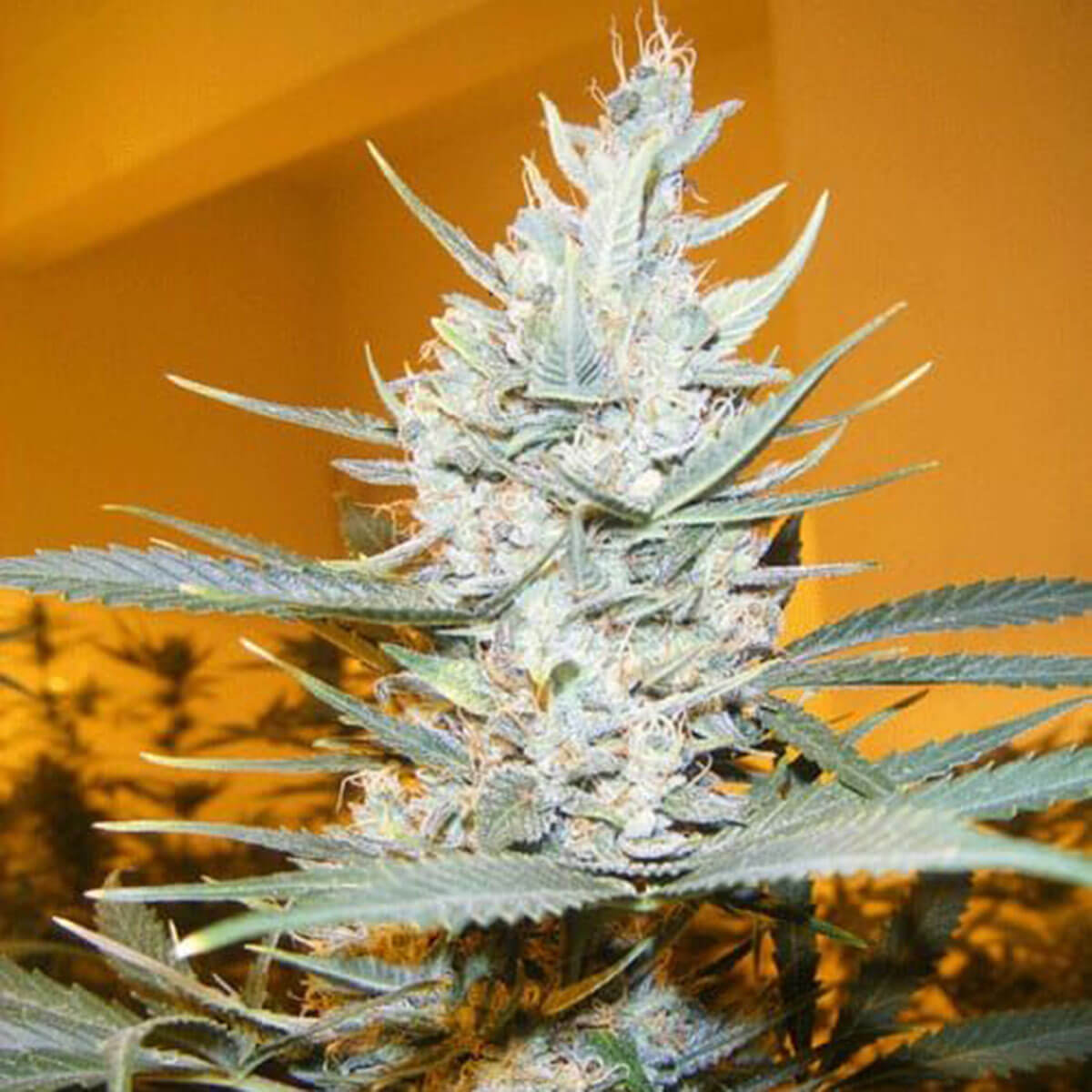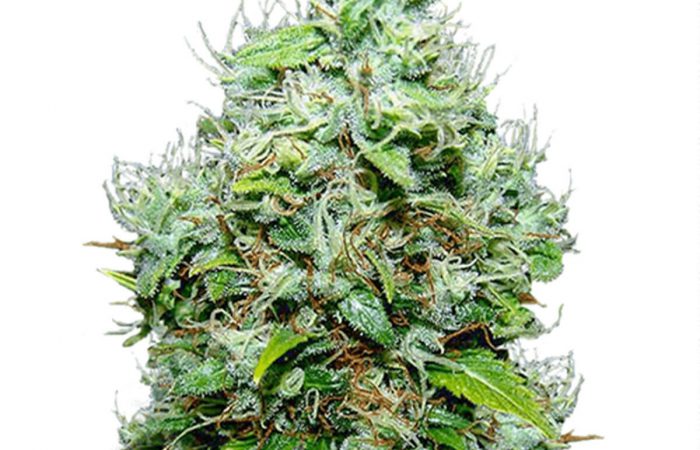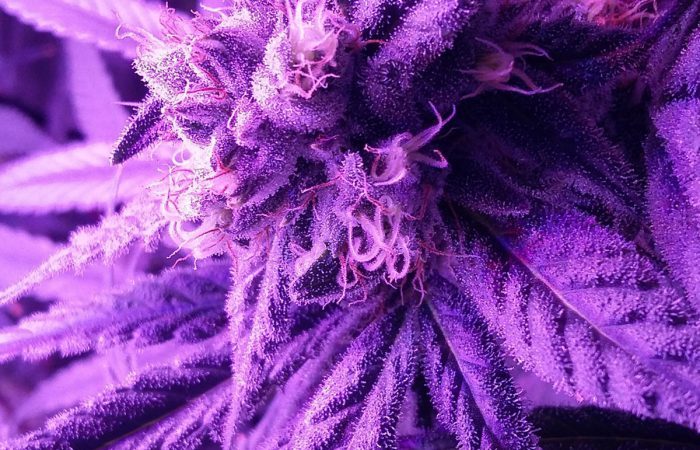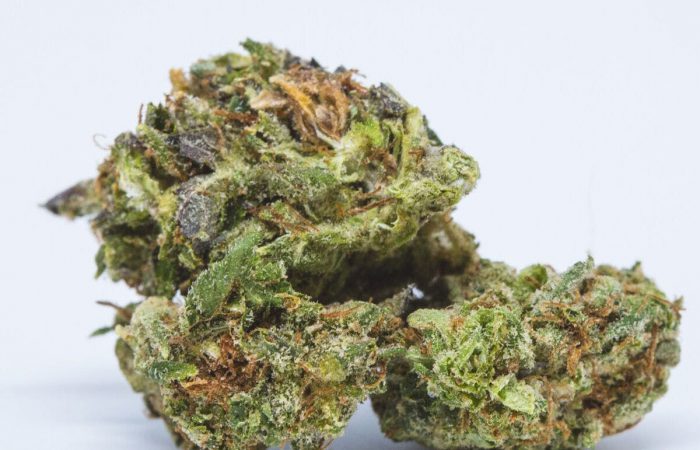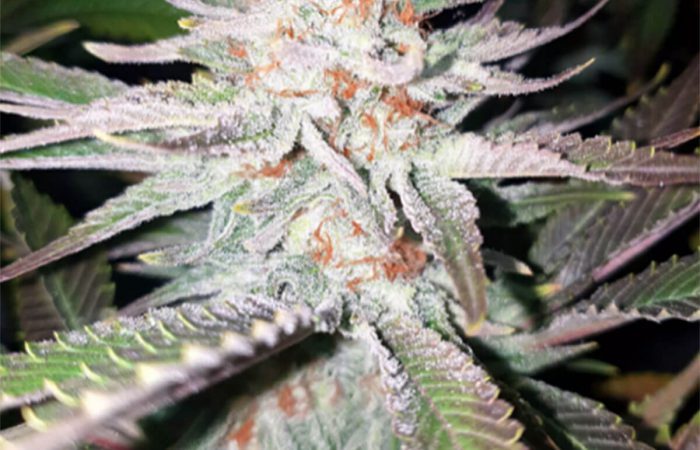Amphetamine Strain FAQ
Why do many growers start autoflowering cannabis plants on their final container? And what is transplant shock?
Root bound cannabis plants are less productive and more challenging to grow than plants with ample space to develop their roots. For this reason, it is crucial to start autoflowering cannabis plants in their final container. This allows the plant to develop a robust root system before it begins to flower.
Additionally, starting the plant in its final container avoids transplant shock, which occurs when a plant is moved from one location to another, and its roots are disturbed. Autoflowering cannabis plants are often small and delicate, making them susceptible to transplant shock. This can cause the plant to wilt, lose leaves, and stop growing. In severe cases, transplant shock can kill a plant. If you must repot, it is crucial to handle the plants carefully and replant them in a suitable location. When replanting, be sure to water the plants thoroughly and give them plenty of light. With proper care, autoflowering cannabis plants will quickly recover from transplant shock and continue to thrive.
How to feed autoflowers?
Autoflowering cannabis plants are unique in that they do not rely on light cycles to determine when they should flower. Instead, these plants will begin flowering after a certain amount of time has passed, regardless of the light cycle. As a result, autoflowers can be a bit tricky to care for, and following a proper feeding schedule is essential. For most autoflowers, starting with a basic fertilizer during the vegetative stage is best. Once the plant begins to flower, you can switch to a bloom fertilizer higher in phosphorus and potassium. It is important to remember that autoflowers generally require less fertilizer than regular cannabis plants. As a result, it is best to err on the side of caution and not over-fertilize your plants. Following these guidelines will help you produce a healthy and bountiful autoflower crop.
What’s the best medium for autoflowering cannabis plants?
Many different growing mediums can be used for autoflowering cannabis plants, but not all of them are created equal. Some common choices include soil, coco coir, and hydroponics. Soil is often seen as the most straightforward option, and it can be easy to find high-quality soil mixes at your local garden center. Coco coir is another popular choice, as it is lighter and easier to manage than soil. Hydroponics can be an excellent option for those who want to maximize yields, but it requires more equipment and knowledge to set up and maintain. Ultimately, the best growing medium for autoflowering cannabis plants will depend on the grower’s preferences and needs.
What training methods can be used on autoflowering plants?
Training autoflowering cannabis plants can seem daunting, but with the proper techniques, you can create stunning specimens that are sure to turn heads. The key is to start early and be patient. Once your plants have reached about 6 inches tall, you can begin training them. The most common method is known as LST or low-stress training. This involves gently bending the plants and tying them down, so they grow horizontally. This allows light to reach all parts of the plant, resulting in more even growth and larger yields. Another popular method is called topping. This involves removing the main shoot of the plant, encouraging it to grow multiple branches. This can be a tricky technique, but it can lead to some awe-inspiring results when done correctly. So whether you’re a beginner or a seasoned grower, don’t be afraid to experiment with different training methods. With a little practice, you’ll be able to create autoflowering cannabis plants that are truly unique.
